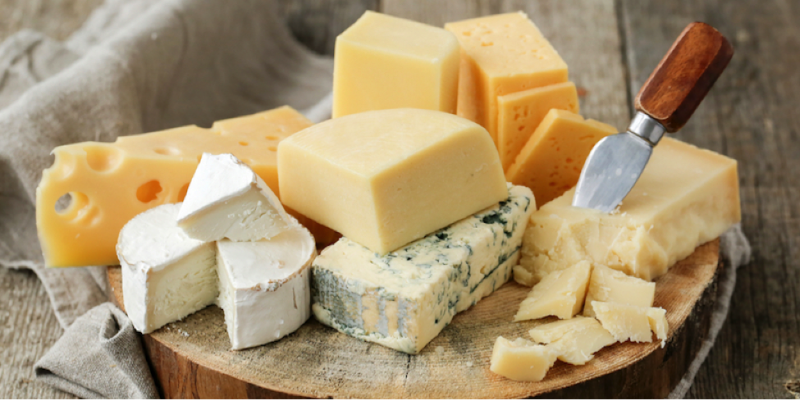Spotlight on Cheese
As a kid you may have had it as the filler for your sandwiches or perhaps atop your pasta, growing up you might have it as the star of an appetising platter paired with your favourite wine…guessed what food we’re talking about? Surely, cheese is one of the first things you’d thought of. In this post, we shine a quick spotlight on Cheese.
What is Cheese?
- Cheese is a product made from milk, produced in a variety of shapes, textures and flavours. Throughout time cheese has been an important of the human diet, both as a dietary staple and a gourmet food.
- Cheese is mainly made up of fat and protein, the proportions of which depend on the type of cheese.
- Cheese can be produced in a number of ways – nearly as many ways as there are kinds of cheese to choose from. But, while some cheeses require extra steps and some occasionally difficult procedures to create properly, at its core, cheese-making is a simple process. In its most basic form, cheese is made by curdling milk, the same process that produces yogurt, wherein the milk coagulates and the stuff inside it can be separated.
- Softer cheeses have not been aged as long, and have usually been made with acids. These include cheeses like cottage cheese, sour cream, Brie, Camembert, and ricotta.
- Semi-hard to hard cheeses made with rennet and ripened by natural (or sometimes added) bacteria or mould, include Colby, cheddar, Swiss, Parmesan, Blue, Roquefort, and Asiago. Because of the way they’re served, these are often better known as grating cheeses
Healthy Snapshot
- Strong bones and teeth. The Dietary Guidelines for Australians recommend that we enjoy a wide variety of nutritious foods and include milk, yogurt, cheese and/or alternatives (choosing reduced fat varieties where possible), for the nutritional benefits they can provide – particularly calcium. Consumption of dairy products, such as cheese, has long been recognised as an effective strategy against osteoporosis. Apart from having a usually very high calcium content, cheese is also rich in Vitamin B, which is integral in the formation and strengthening of bones and cartilage.
Tips for selection and storage
- Different types of cheese are available all over the world. Some varieties such as fresh cheese with no preservatives must be within a few days of purchase as they easily spoil.
- Store cheese in cool places or refrigerate them. But make sure that before you eat it or use it in a recipe, keep it at room temperatures for better flavour and texture.
- Since there are so many different types of cheese, the best way to select a good cheese is to approach your local cheesemonger/gourmet store/local farmer’s market so that they can guide you along and introduce you to other cheese you might not have heard of before.
Serving Ideas
- As a snack or part of a cheese platter – ready as is.
- In a sandwich or melted on top of bread.
- As a topping. Grate it on top of a meal such as pasta.
- As part of a dish – in a cake, mixed in with potatoes etc.
